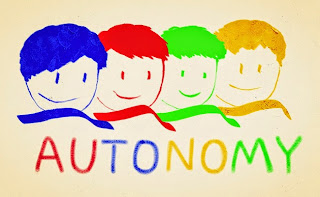This is a blog for my learning process in Training English Teacher Course
domingo, 14 de diciembre de 2014
Evaluating and creating materials and tasks for CLIL classroom. (ABSTRACT Lesson 2).
martes, 2 de diciembre de 2014
My autonomy classroom / CLASS ENTRY 1
In order to know about the ELP, we read European Language
Portfolio: structure, origins, implementation and challenges by David Little.
He explains what is this in a chronological sense and introduces pedagogical
concepts and a summary about its reporting function.
We have been specially attracted for its pedagogical
function and we have followed the clue of professor Little. He is Director of
the Centre for Language and Communication Studies ans Associete Professor of
Applied Linguistic at Trinity College in Dublin and you can see and hear him in
a conference (San Sebastian 4-6 october 2012) in the post before this one.
What about pedagogical function of ELP? In the article,
Little explains about the importance of autonomy learning for the process of
learning, overall, and in second language learning, particularly.
In the conference, Little concludes saying that an autonomy
language learning environment is one that: recognizes that learners' identity
has a key role to play; it exploits their existing linguistic knowledge and
communicative competences; it insists that from the beginning they exercise
agency in and though the target language; it recognizes that learning is not
all inside the head: it is social (and physical) as well as a cognitive
phenomenon; it uses logbooks / blogs and posters (and others products) to
construct the story of individual and collective learning and it understand
that we solve the motivational problem by exploiting learners' intrinsic
motivation.
I think this approach has been absolutely interesting in
order to deep into the second language learning.
And
go on.
Suscribirse a:
Comentarios (Atom)

